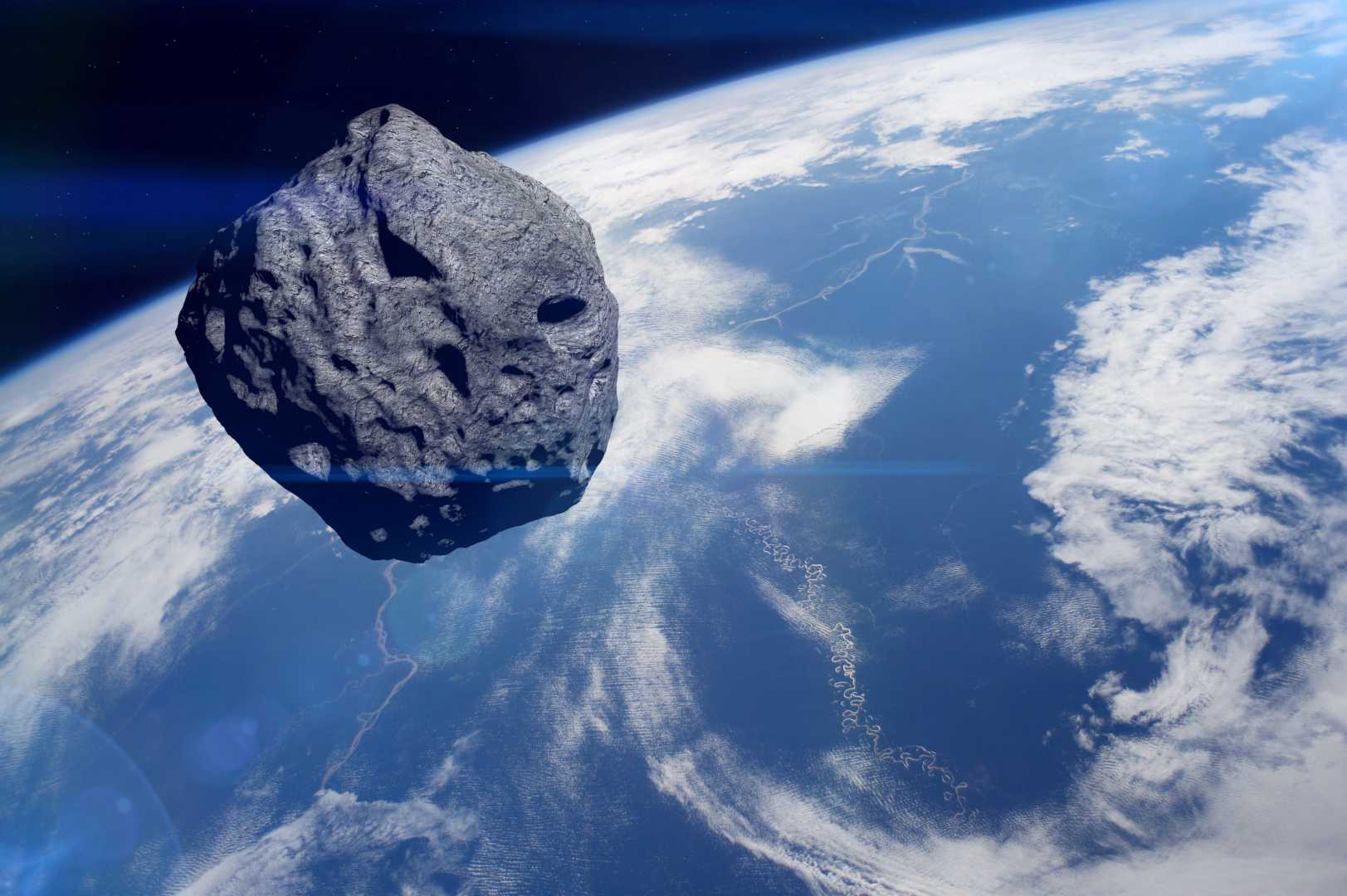News
Earth to Temporarily Acquire a New Mini-Moon

Scientists have announced that Earth is on the verge of gaining a temporary companion, a “mini-moon,” as Asteroid 2024 PT5 is set to be captured by Earth’s gravitational pull. This transient celestial event is expected to last from September 29 to November 25, before the space rock drifts back into a heliocentric orbit around the sun.
The asteroid was initially observed on August 7 by astronomers at the South Africa-based observatory of the NASA-funded Asteroid Terrestrial-impact Last Alert System (ATLAS). According to lead study author Carlos de la Fuente Marcos, a researcher at the Complutense University of Madrid, the asteroid is estimated to be approximately 37 feet (11 meters) in diameter, though further observations are necessary to confirm its size.
Asteroid 2024 PT5 is unlikely to pose any threat to Earth, orbiting at a considerable distance of about 2.6 million miles (4.2 million kilometers), roughly ten times the distance between Earth and the moon. “The space rock will not collide with Earth now or in the coming decades,” stated de la Fuente Marcos.
Mini-moons are classified into two categories: temporarily captured orbiters, which can complete several orbits around Earth over extended periods, and temporarily captured flybys, like 2024 PT5, which remain in Earth’s orbit for a few weeks or months before departing. “Events like these happen several times per decade,” said de la Fuente Marcos.
Robert Jedicke, a solar system bodies specialist from the University of Hawaii, explained that the capture of such asteroids by Earth’s gravity depends on their speed and trajectory. “Incoming bodies must approach Earth at slow speeds and specific angles to be captured,” he noted.
Originating from the Arjuna asteroid belt, Asteroid 2024 PT5 resembles other objects with similar solar orbits to Earth’s. While mini-moons provide little direct observation opportunity due to their size, they offer essential scientific insights. “They help us understand asteroid origins and processes like crater formation,” Jedicke added.
Research on 2024 PT5 will continue as scientists plan to use the Gran Telescopio Canarias and the Two-Meter Twin Telescope in Spain’s Canary Islands to gather more data. “Despite its small size, this discovery marks the largest captured object detected to date,” Jedicke remarked, emphasizing the scientific value of such findings.
According to the study, after its current capture event, Asteroid 2024 PT5 is expected to make a close approach again in January 2025, at a distance of 1.1 million miles (1.7 million kilometers). It may return as a mini-moon in November 2055 and again in early 2084.












